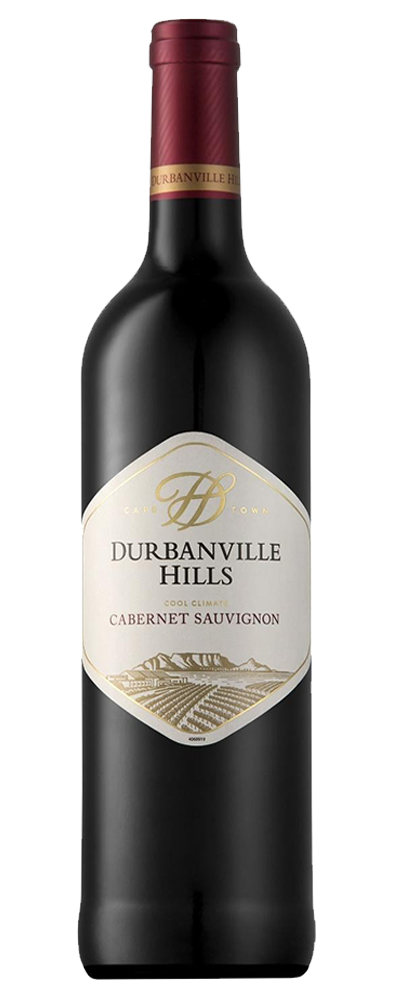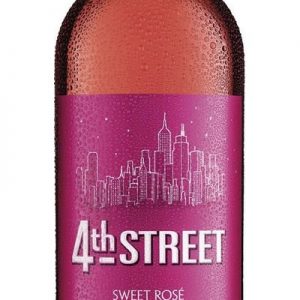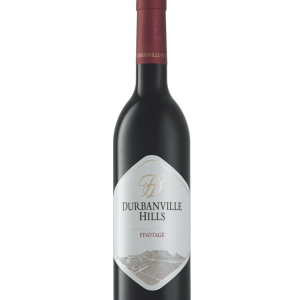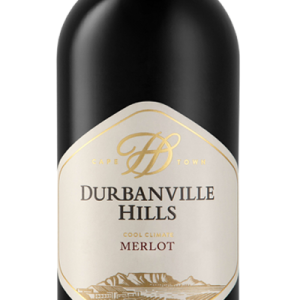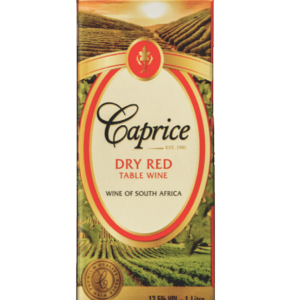2017 CABERNET SAUVIGNON
COLOR: Intense ruby red
NOSE:Sweet plums and prunes linger of the nose with hints of Christmas fruit cake and cinnamon, and undertones of savoury notes.
TASTE: An elegant, medium-bodied wine with ripe red fruits on the palate, followed by hints of dark chocolate. Overall, an elegant tannin structure.
![]() Serve with plainly grilled steak, leg of lamb with rosemary or thyme roast turkey steak as well as kidney pie and Matured Gouda/Gruyère
Serve with plainly grilled steak, leg of lamb with rosemary or thyme roast turkey steak as well as kidney pie and Matured Gouda/Gruyère
| Alcohol: | 14.17% |
|---|---|
| Residual Sugar: | 2.2g/l |
| Total Acidity: | 5.2 g/l |
| pH: | 3.71 |
DURBANVILLE HILLS
(2017 CABERNET SAUVIGNON)
BACKGROUND
Nine leading vineyard owners in the Durbanville district joined forces with Distell to create Durbanville Hills with the aim of promoting the regional individuality of this prime wine-growing area. The striking Durbanville Hills cellar sits proudly atop a series of rolling hills with magnificent views of Table Mountain and Table Bay – the very geography that lies at the heart of what makes the wines so unique.
The Durbanville ward is considered one of the Cape’s coolest wine regions, thanks to the sea breezes that drift inland from False Bay and Table Bay and the late afternoon mists that bathe the slopes. These conditions are ideal for the slow ripening of the grapes, allowing them to develop their full flavoured and intense character. Grapes are sourced only from the shareholder growers, all of whom farm within the limited appellation of Durbanville. Meticulous canopy management promotes concentration of varietal flavour and colour. Cellar Master Martin Moore uses highly advanced cellar technology to ensure optimal extraction of colour and flavour. Sustainable practices includes the maintaining of the International Environmental Standard ISO140001, treating of waste water back to irrigation quality and all vineyards subscribing to IPW (Integrated Production of Wine) growing practices, designed to sustain natural resources. In addition the farmers protect 320ha of endangered Renosterveld.
WHAT’S IN A NAME
The grapes for this wine were sourced from a variety of low-yielding vineyards (between six and nine tons per hectare), established
between 1985 and 1990 and planted in deep, dark red soils at around 250 metres above sea-level. All the vines were grafted on Phylloxera resistant rootstocks and trellised on different trellising systems. Pest
and disease control was implemented according to South African IPW standards. The grapes were hand harvested between 24° and 25° Balling.
THE VINEYARDS (VINEYARD CONSULTANT: DRIKUS HEYNS)
The grapes for this wine were sourced from a variety of low-yielding vineyards (between six and nine tons per hectare), established
between 1985 and 1990 and planted in deep, dark red soils at around 250 metres above sea-level. All the vines were grafted on Phylloxera resistant rootstocks and trellised on different trellising systems. Pest
and disease control was implemented according to South African IPW standards. The grapes were hand harvested between 24° and 25° Balling.
THE WINEMAKING
Each vineyard was vinified separately. The must was fermented on the skins (between 26ºC and 28ºC) in closed, specially designed auto fermenters until dry. During this period the maximum fruit, colour and tannin extraction from the skins was made possible through very soft, continuous timer-regulated pump-over cycles. To soften the texture, the wine was left on the skins for one week after the fermentation period. Controlled malolactic fermentation took place in tank after which the Cabernet Sauvignon was oak matured for 12 months using predominantly French oak, utilising a small percentage of new oak together with older wood as well as wood alternatives. This is done to prevent over wooding thus preserving the elegance of our cool climate fruit.
WINEMAKER
Martin Moore & Wilhelm Coetzee

